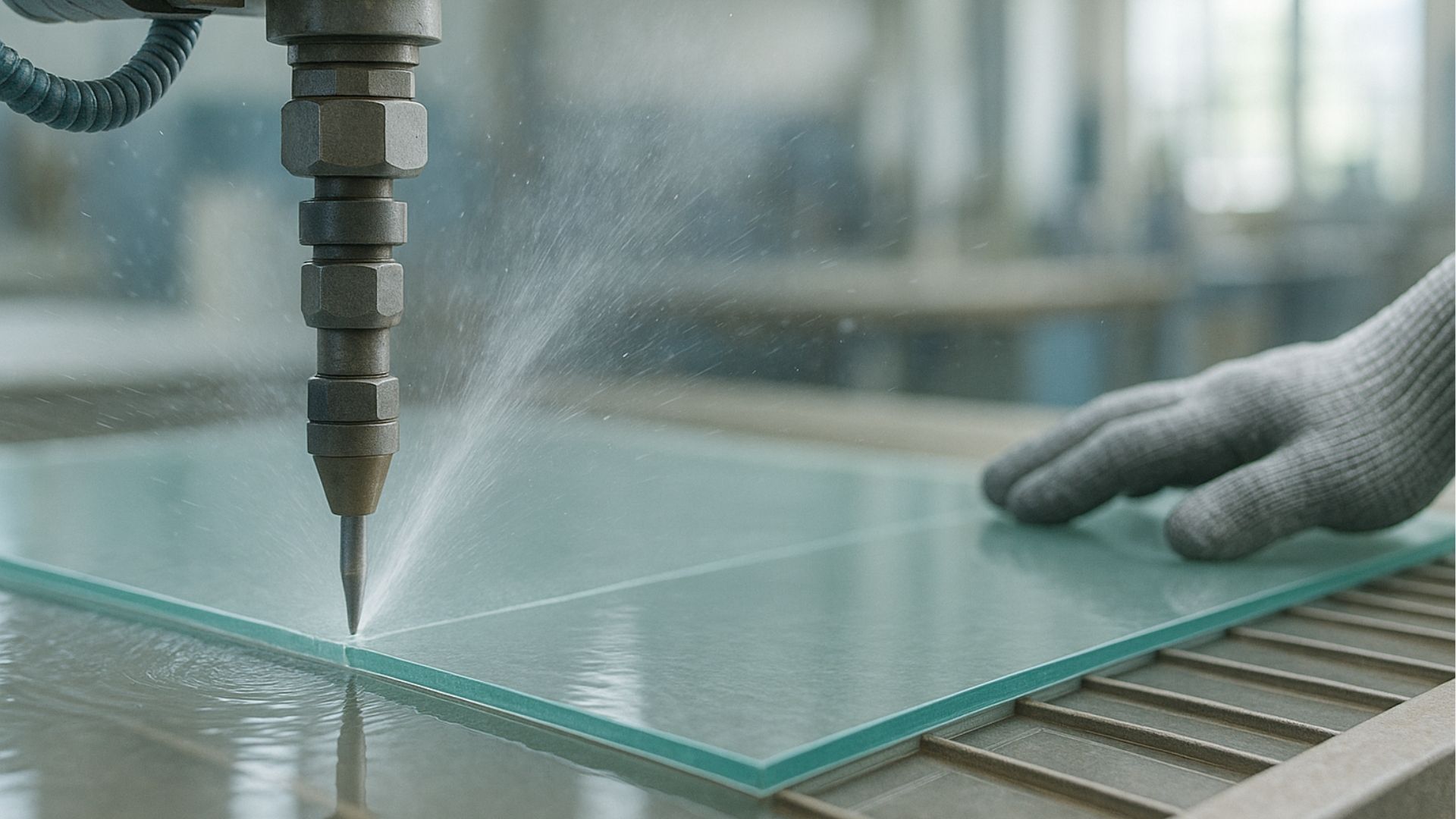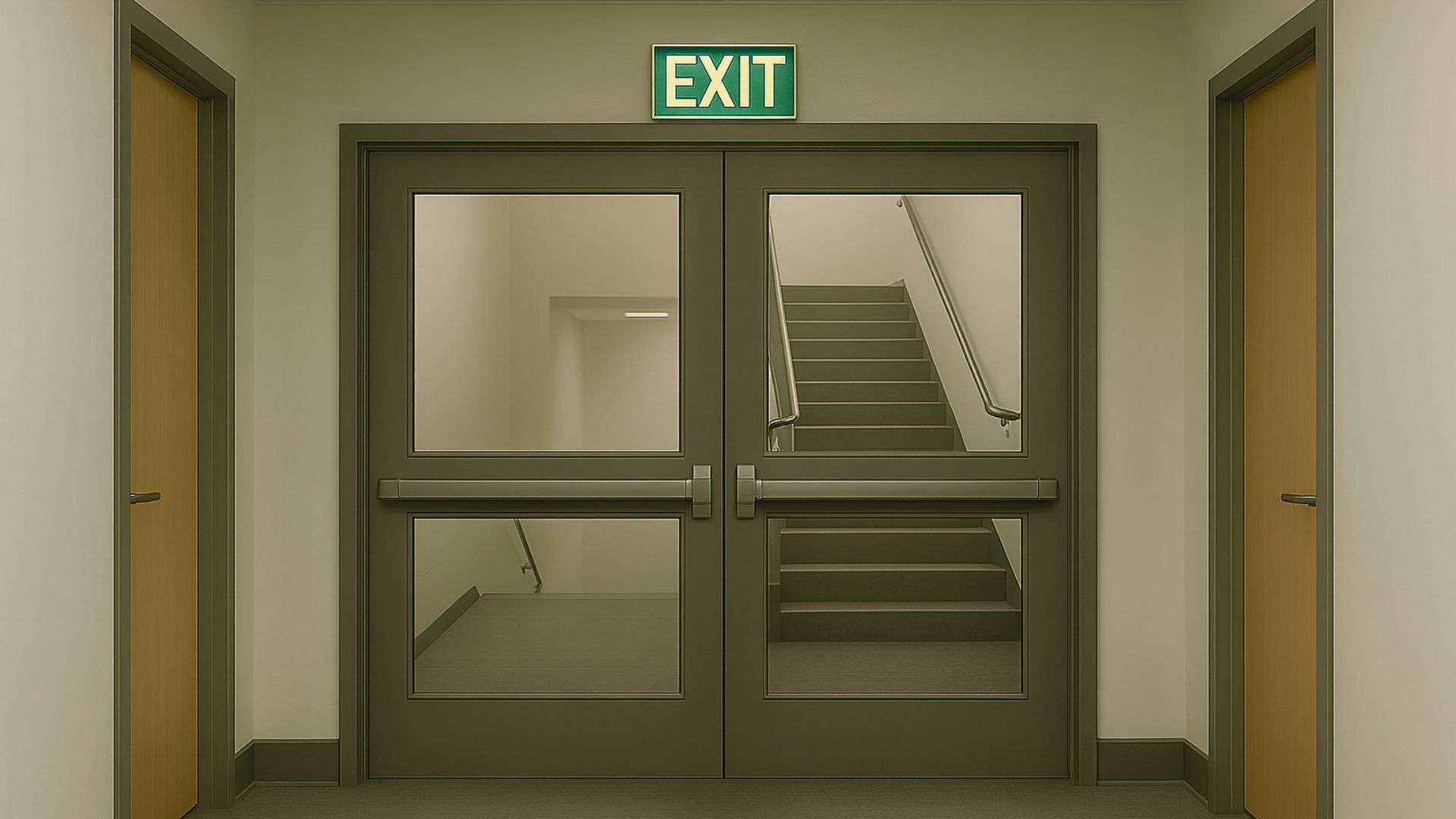Does glass occur in nature?
Share this blog:
The world is filled with specimens of naturally occurring glass. Learn all about them in our accessible article.
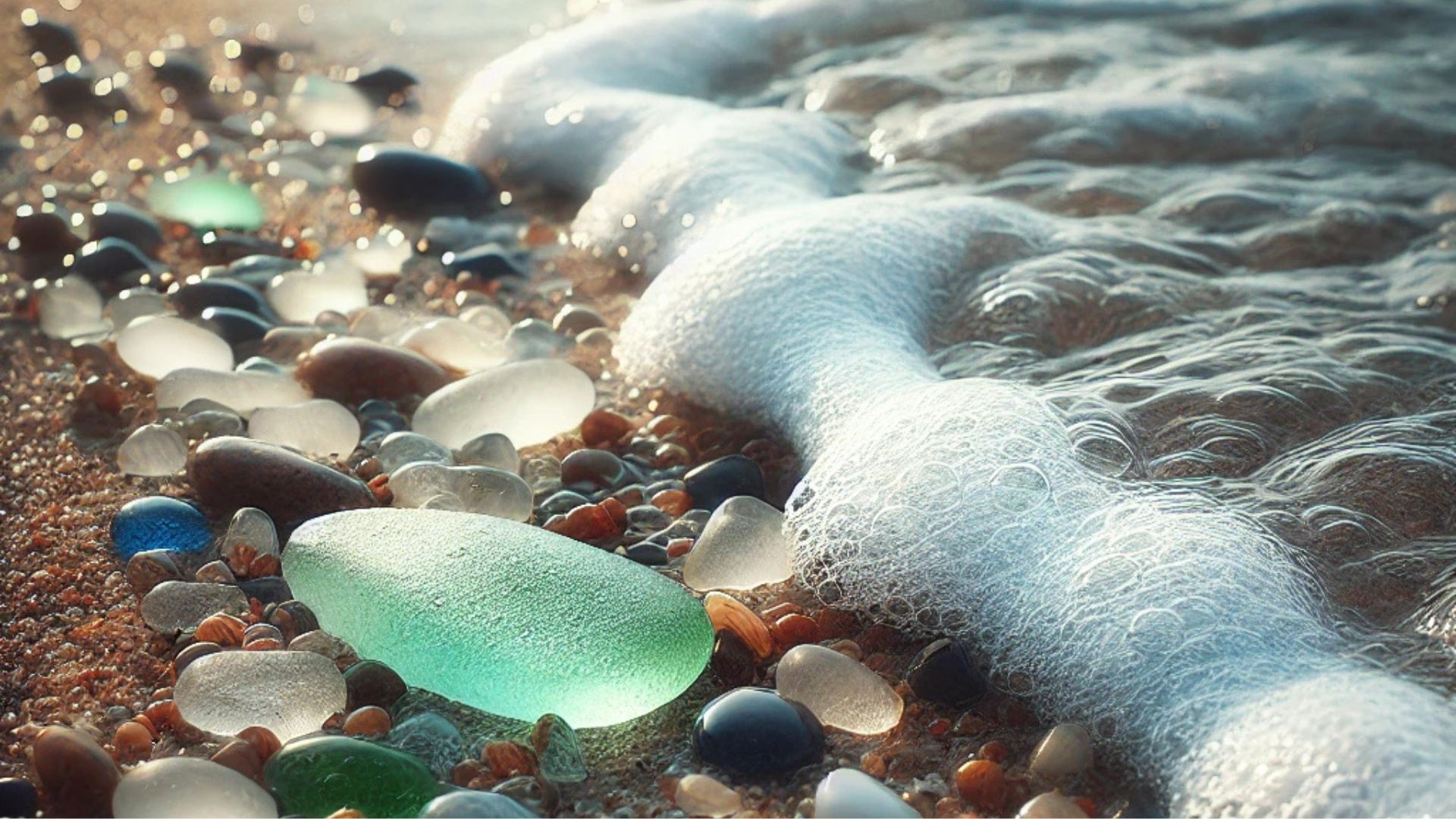
Here's a question for you: how is glass made?
There's a technical answer. The glass industry is a finely tuned operation, made possible by highly specialised furnaces, moulds and cutting machines. And that's before you get into the weird and wonderful world of decorative glass.
But there's also a straightforward answer. Glass equals sand plus heat. A lot of heat, for sure – we're not talking about the temperatures obtained by a kitchen oven. But at the end of the day, if you want to make glass, you just need to expose sand to extreme heat.
This raises another question. Could glass occur in nature? After all, the world is filled with sources of extreme heat. Lava. Lightning. Wildfires. Long ago, meteorites blasted craters in the Earth. Could these heat sources turn the Earth's sand into glass?
The answer, you may be surprised to learn, is yes. The world is full of naturally occurring glass, much of it exceptionally beautiful. Let's take a closer look.
Obsidian
Obsidian forms when volcanic lava rapidly cools, creating a hard, brittle material that is often strikingly black.
Today, you might see it for sale in shops that sell jewellery or gemstones. But back in the Stone Age, it was used to make cutting tools and weapons.
You see, obsidian is amorphous. This means that it fractures with sharp edges – and we mean
sharp. Obsidian can be sharper than steel, making it ideal for close combat weapons.
But obsidian hasn't only been used for violent ends. It's still used to make scalpels (although the FDA doesn't allow obsidian blades to be used on humans). And in the 13th and 14th centuries, Aztec priests would use obsidian mirrors to communicate with the dead.
Fulgurites
There's a reason people are scared as well as thrilled by lightning. It can blow up trees, set buildings on fire and injure humans and animals. The air that lightning passes through can reach up to 27,760ºC (50,000ºF) – that's five times hotter than the sun.
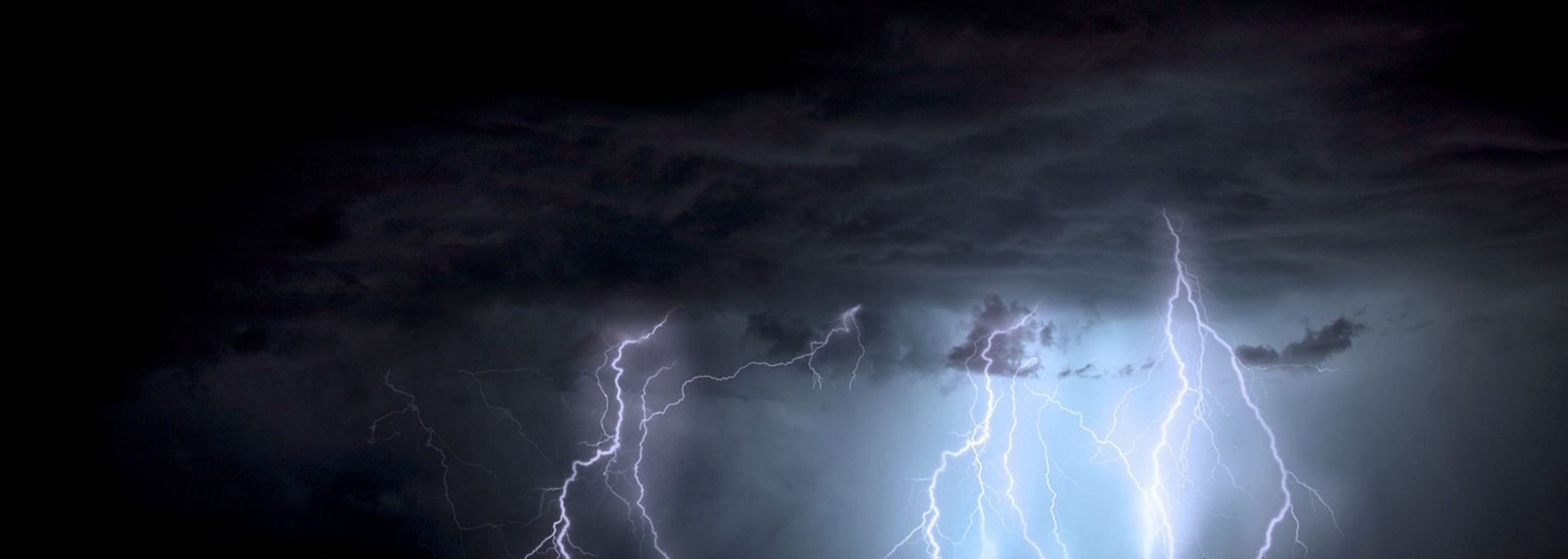
But as well as wreaking destruction, lightning can create beautiful natural artefacts known as fulgurites.
These remarkable specimens look simultaneously natural and alien – branching, root-like, crusty tubes that are formed when lightning strikes sand.
They're most commonly found in mountains, which act as natural lightning rods. Fulgurites can be seen in the French Alps, the Pyrenees, the Sierra Nevada and elsewhere.
Impactites
Not all impactites are glass. The term refers to a rock created or modified by a meteorite strike. But sometimes, a rock from outer space can turn sand into glass.
Examples of impactite glass include moldavites, an olive-green glass formed some 15 million years ago, and Libyan desert glass or "Great Sand Sea glass". This latter material is found in the eastern Sahara and, like obsidian, was once used to make sharp-edged tools.
In South Australia, Edeowie glass may be an impactite. However, some believe it to be the product of ancient grassland fires or lightning strikes.
Trinitite
Trinitite is a curious inclusion in this list. It's a type of glass that has never been manufactured but is nevertheless manmade.
This might sound like a riddle until you learn that trinitite is the glassy residue formed in the desert by the Trinity nuclear bomb test in 1945. This "nuclear melt glass" is naturally occurring in the sense that it's found in the desert and wasn't intentionally made by humans.
Trinitite is typically light green, although red and black specimens have been found. There are still some pieces at the Trinity site near Alamogordo in New Mexico. Most of it, however, was bulldozed and buried eight years after the blast.
In the immediate aftermath of the bomb test, trinitite was used for jewellery. Souvenir collectors and tradespeople believed, or chose to believe, that it wasn't dangerous. Today, it's known to be radioactive. A sign at the test site warns visitors that "removal of trinitite is theft of Government property and can result in fines and jail time".
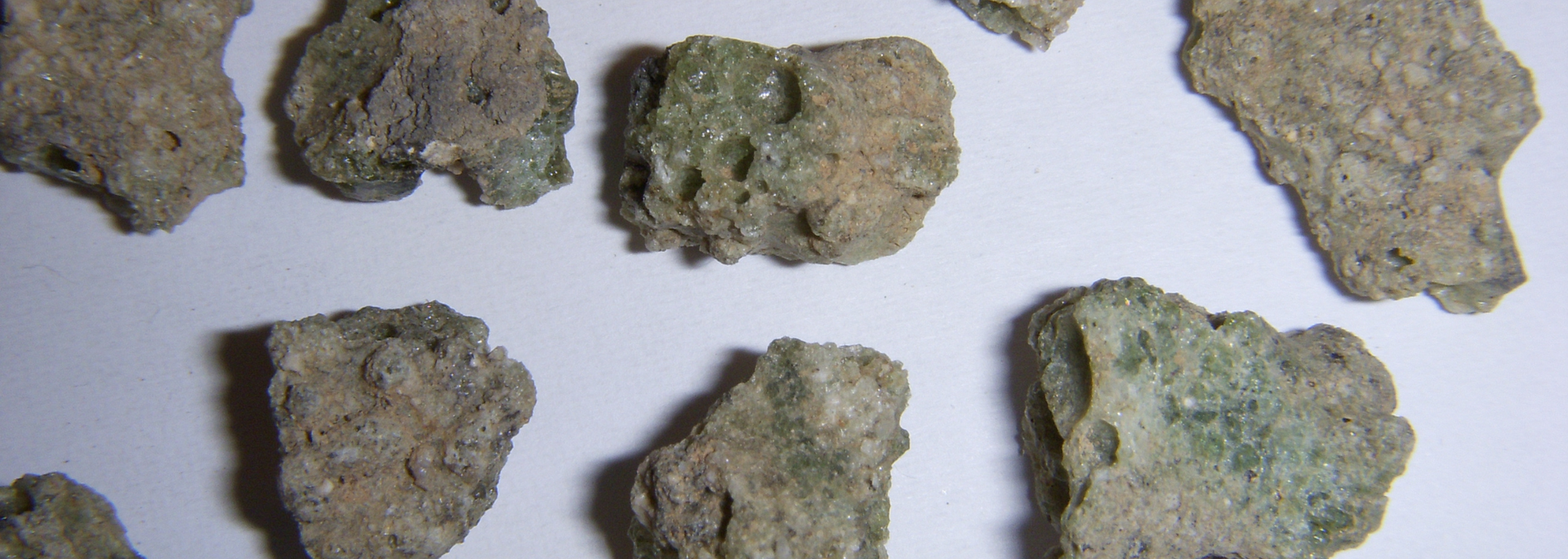
Sea glass
Finally, there's sea glass. As with trinitite, this is naturally occurring in one sense but not in another. It's formed by fragments of glass weathered by the sea. The result is natural frosted glass – no need for industrial manufacturing.
You can frost a piece of glass in an afternoon. The sea, however, takes its time. Sea glass can take between 20 and 200 years to attain its cloudy surface sheen and smooth, rounded edges.
Holding a piece of sea glass in your hands, you can easily fall into a daydream. What was once a broken bottle or other piece of glassware has been rolling and tumbling in the depths for years, before getting washed up on shore.
What temperature is needed to form glass?
There's a reason why naturally occurring glass is formed by lightning, lava and meteors. The heat required to turn sand into glass is immense – around 1,700 degrees Celsius. That's about the same temperature as a space shuttle re-entering the Earth's atmosphere.
Industrial glass, of course, requires more than just heat and sand. Manufacturers add soda ash and lime to melt the sand – and they can then treat the glass in a huge variety of ways.
Glass can be
laminated with a plastic interlayer for additional strength or to add colour. It can be frosted,
sandblasted,
digitally printed, made
fire-resistant… The list goes on.
It can also be tempered or
toughened.
This is where an existing sheet of glass is heated at around 600 degrees Celsius and then cooled rapidly. The result is a type of glass that shatters into small, harmless pieces, rather than jagged shards.
So next time you see a piece of glass, just think – whether naturally occurring or manmade, it took a heck of a lot of heat to get there.
ToughGlaze is a
toughened glass supplier based near Milton Keynes in the UK. With more than 30 years of experience and a reputation for quality and innovation, we're trusted by dozens of businesses the world over. For a quick, competitive quote, don't hesitate to
get in touch.



